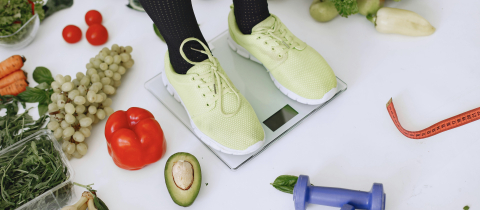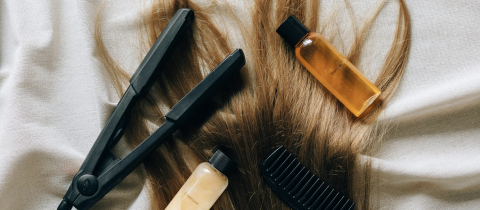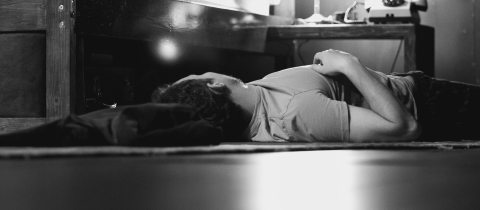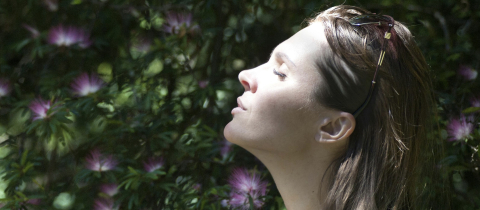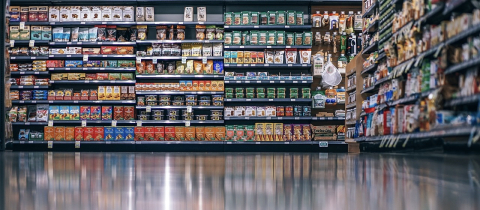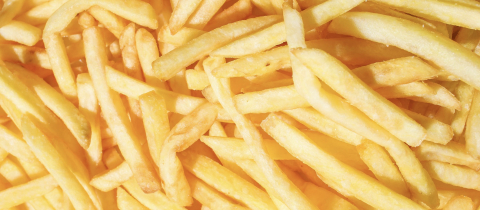There’s something very pleasant about perusing the artisanal soap selection at a home goods store or farmer’s market. With additives like honey and oatmeal, they appeal to the palate as well as to the nose. I know this too well. Each time I find myself putting soap back on the shelf, it’s not only to save $12, but also to fight the urge to make a meal of the bar of soap.
Pica is a condition characterized by persistent cravings to eat non-food items such as dirt, ice, paint, hair, and, of course, soap. The term comes from the Latin name for the magpie, a bird that has a penchant for eating almost anything. One of TLC’s most popular shows, My Strange Addiction shared the reality of individuals with unusual compulsive behaviours, many of whom had unusual eating habits. The show featured people who ate toilet paper, cleanser, paint, hair, couch cushions, dryer sheets, and even one individual who ate her late husband's ashes. An episode from Season 4 presented Jennifer, who had eaten over eight mattresses since her addiction began. She described how she managed to keep her addiction a secret for over a decade, hiding her strange gustatory habit from her family for over a decade.
It is hard to say how prevalent pica is since people are reluctant to admit their cravings, especially if they fulfill them. Estimates of the percent of the population affected range from five to seventy-five. Demographically, children, pregnant women, and individuals with developmental disorders exhibit higher rates of pica.
The exact cause of pica is unknown, but it may be associated with deficiencies in nutrients, such as iron, zinc, or calcium. Psychological factors such as stress, anxiety, or plain boredom have also been implicated. Pica can lead to serious health problems, such as infections or poisoning if the non-food items consumed contain harmful substances. In Jennifer’s case, the ingestion of mattress foam could have led to fatal intestinal blockages.
When does pica cross the border from an intrusive thought to a medical issue? Pica is recognized as a mental disorder by the Diagnostic and Statistical Manual of Mental Disorders (DSM-5) and is described as the persistent eating of non-food substances over a period of at least one month. It is important to remember that the DSM-5 criteria are used by healthcare professionals to diagnose mental disorders and are not intended for self-diagnosis. If you or someone you know is experiencing symptoms of pica, it is important to seek input from a healthcare professional. In emergencies where someone has ingested a non-food item, you can also call poison control (1 844 POISON X) for help.
Treatment for pica depends on the underlying cause and severity of the condition. In some cases, treating nutrient deficiencies, or addressing psychological factors may help alleviate symptoms. Other treatments may include behavioural therapy, medication, or counselling.
The act of eating soap, specifically, has a name: sapophagia (sapo- meaning soap, and -phagia meaning eating). A 2022 case report described a 28-year-old patient who had been eating a few bars of soap every week. After being admitted to the hospital for feelings of malaise, fatigue, and breathing difficulties, he was diagnosed with iron deficiency anemia. While iron deficiency anemia is commonly associated with pica, this patient did not have anemia before his soap-eating addiction, nor did he have any of the other risk factors for pica. The researchers were unsure whether soap eating was a symptom or the cause of his anemia. Thankfully, taking oral iron supplements and fluoxetine (Prozac) curbed his cravings and resulted in a full recovery.
Despite the urge, I’ve never eaten soap. And I’ll always choose breakfast in bed over breakfast of bed.

